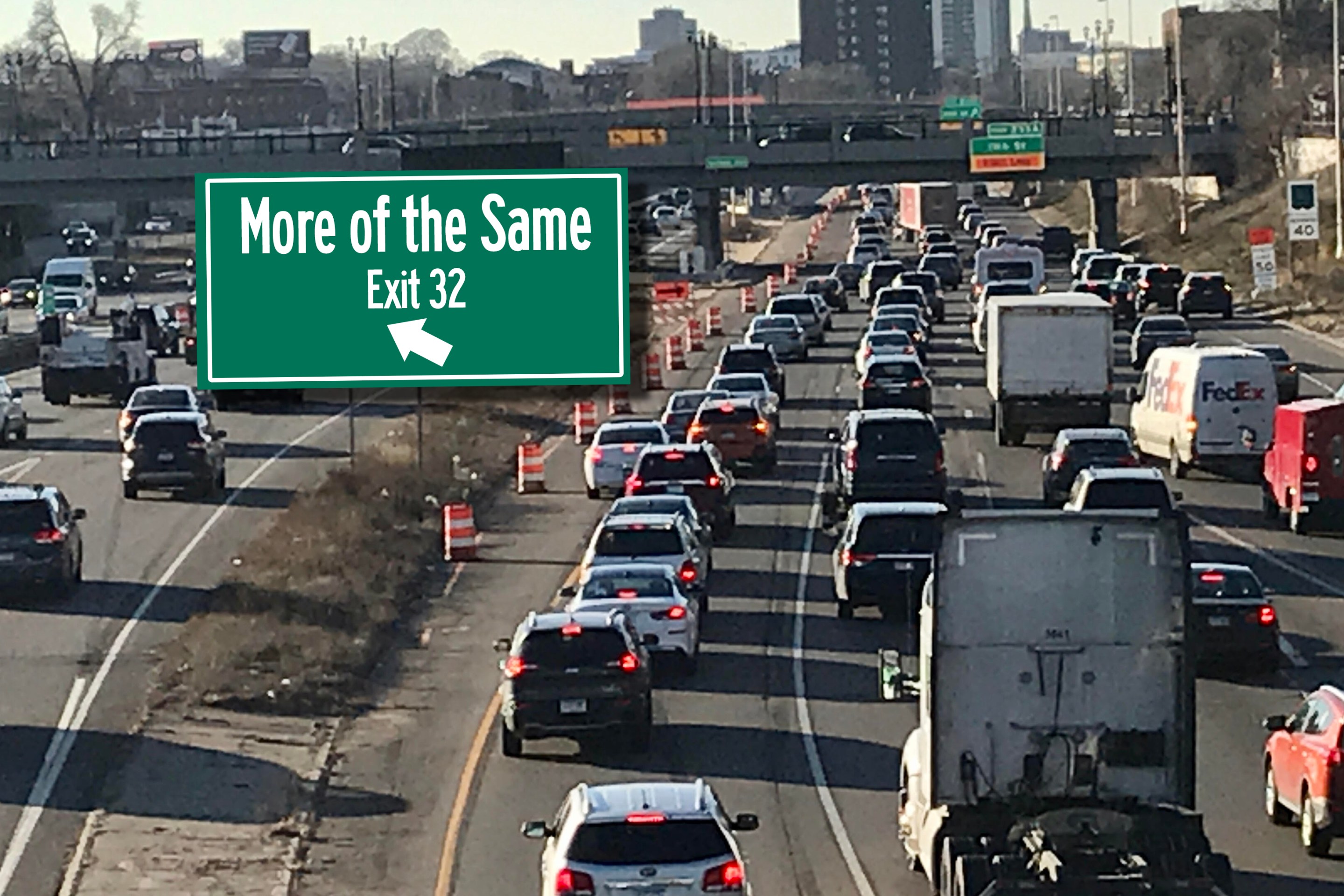The U.S. DOT today released its first round of guidance for the so-called "TIGER II" program, a $600 million pot of competitive transportation grants considered a quasi-sequel to the popular $1.5 billion merit-based fund included in last year's stimulus law.
 A ribbon-cutting in Dubuque, Iowa, where a broad revamping of downtown development won TIGER grant money. (Photo: Gazette)
A ribbon-cutting in Dubuque, Iowa, where a broad revamping of downtown development won TIGER grant money. (Photo: Gazette)Perhaps the biggest news in today's announcement was the U.S. DOT's intention to marry its decision-making on the new TIGER-esque grants with the process for allocating $40 million in land-use aid at the Department of Housing and Urban Development (HUD). If the two agencies can sustain that goal past the period of public comment on the new grants that begins this week, their move would take the cooperative ethos that has defined the Obama administration's sustainable communities effort to the next level.
In its preliminary TIGER II guidance, published in today's Federal Register, the U.S. DOT wrote that officially linking its grant decision-making with HUD's would ideally "encourage and reward more holistic planning efforts and result in better projects being built with federal dollars" by recognizing the inextricable connection between transportation and local planning.
The U.S. DOT's criteria for choosing TIGER II winners differ in several notable respects from those for the original program. At least $140 million of the new grants are required to go to rural areas, and localities selected to receive federal funding would need to provide a 20 percent match -- a requirement that had been waived for the original TIGER competition in view of the economic downturn.
The element of urgency that defined TIGER bids is also easing up for the new round of transport grants.
While the stimulus restricted the U.S. DOT to picking TIGER proposals that could be completed by spring 2012, no such limit exists for the second incarnation of the program. The original rules for TIGER applicants also emphasized projects' ability to drive short-term job creation; while local economic benefits are considered a primary metric for the new $600 million in grants, the U.S. DOT wrote that applicants "will need to be competitive on the merits of the medium to long-term impacts" of their TIGER II pitches.
The secondary metrics for TIGER II bids are innovation and partnership, with the latter referring to proposals' emphasis on collaboration among local governmental bodies to implement the projects in question.
Grant applicants are expected to measure the anticipated upsides of their transportation visions as specifically as possible, but the U.S. DOT guidance also acknowledged the expensive nature and inherent limitations of cost-benefit analysis -- which became a major factor in its January decision to de-emphasize "cost-effectiveness" calculations for federally funded transit construction. From today's release:
DOT can consider some factors that do not readily lend themselves to quantification or monetization, including equitable geographic distribution of grant funds and an appropriate balance in addressing the needs of urban and rural areas and investment in a variety of transportation modes ... DOT recognizes that some categories of costs and benefits are more difficult to quantify or monetize than others.
Public comments on the preliminary criteria for TIGER II and the HUD planning grants will be accepted until May 7, with a final joint notice by the U.S. DOT and HUD expected by the last week of May. Overall, the process is expected to conclude with the naming of grant winners by September 15.





